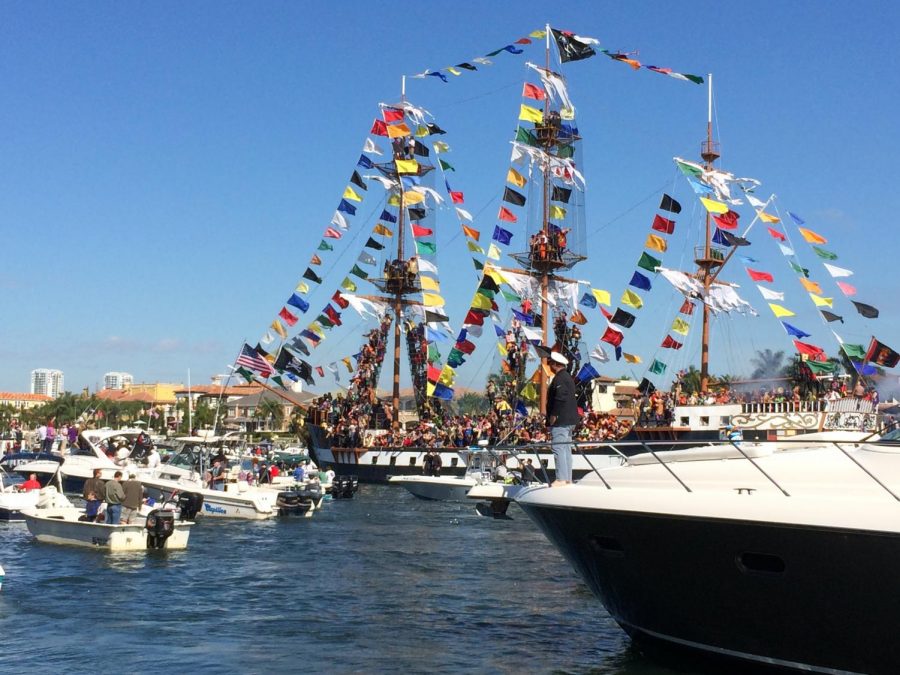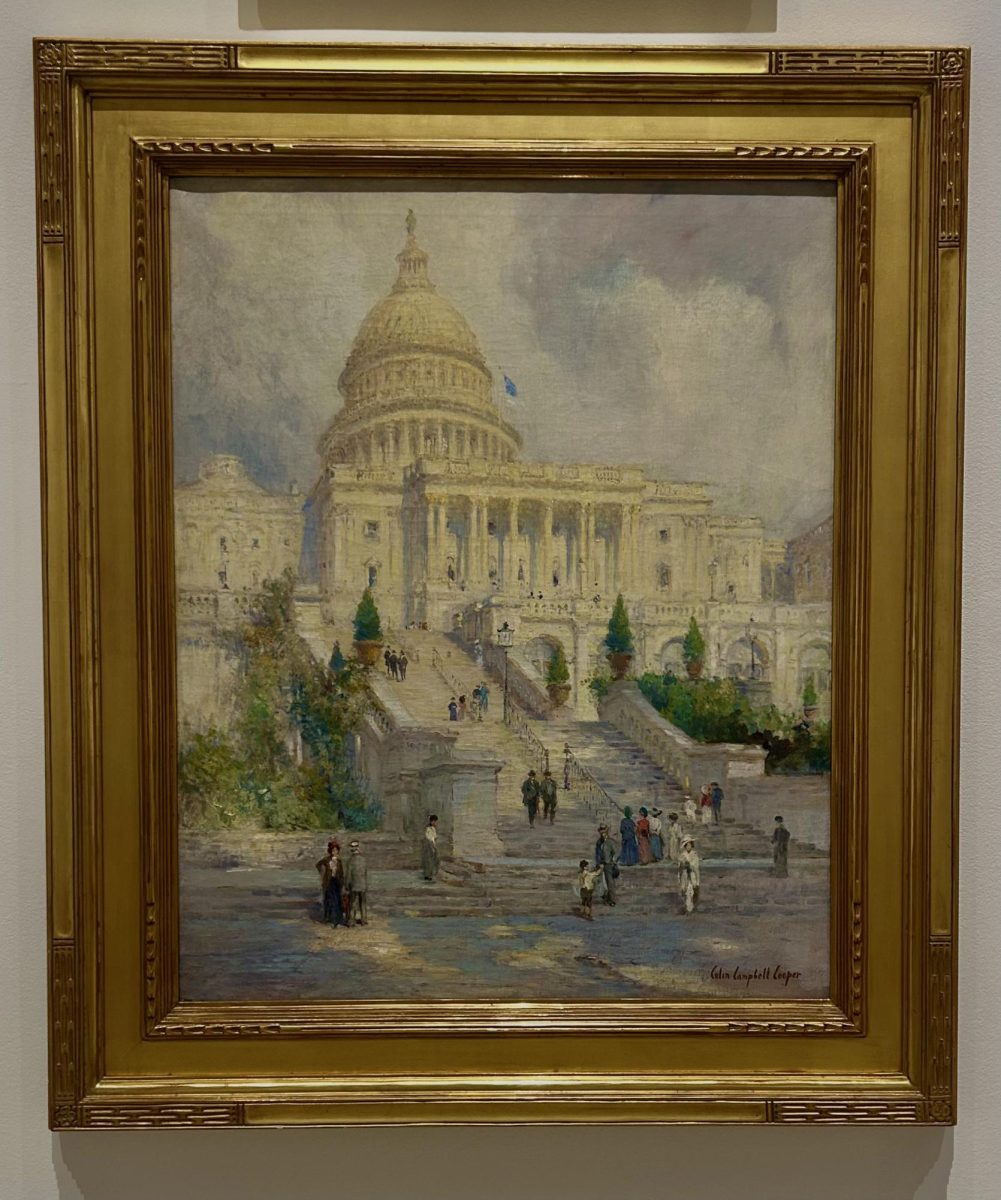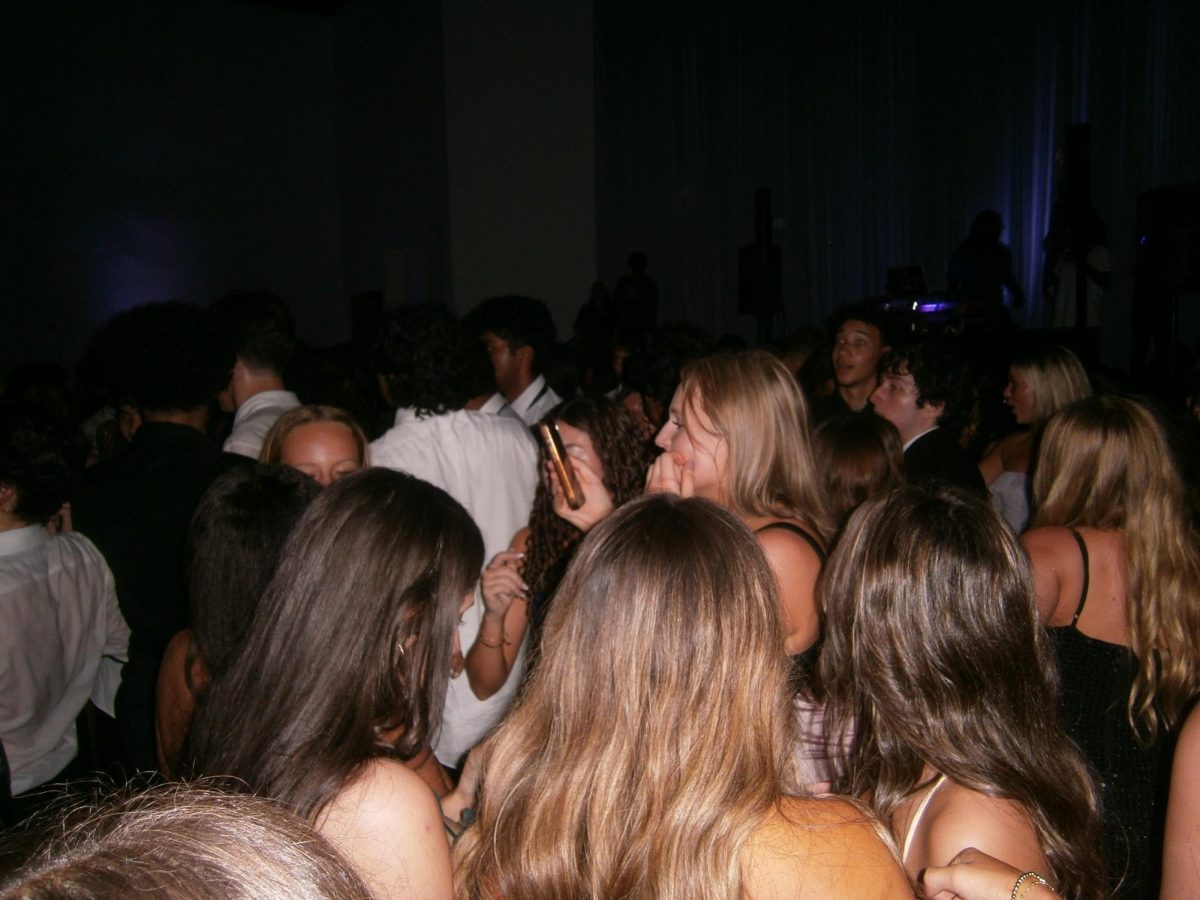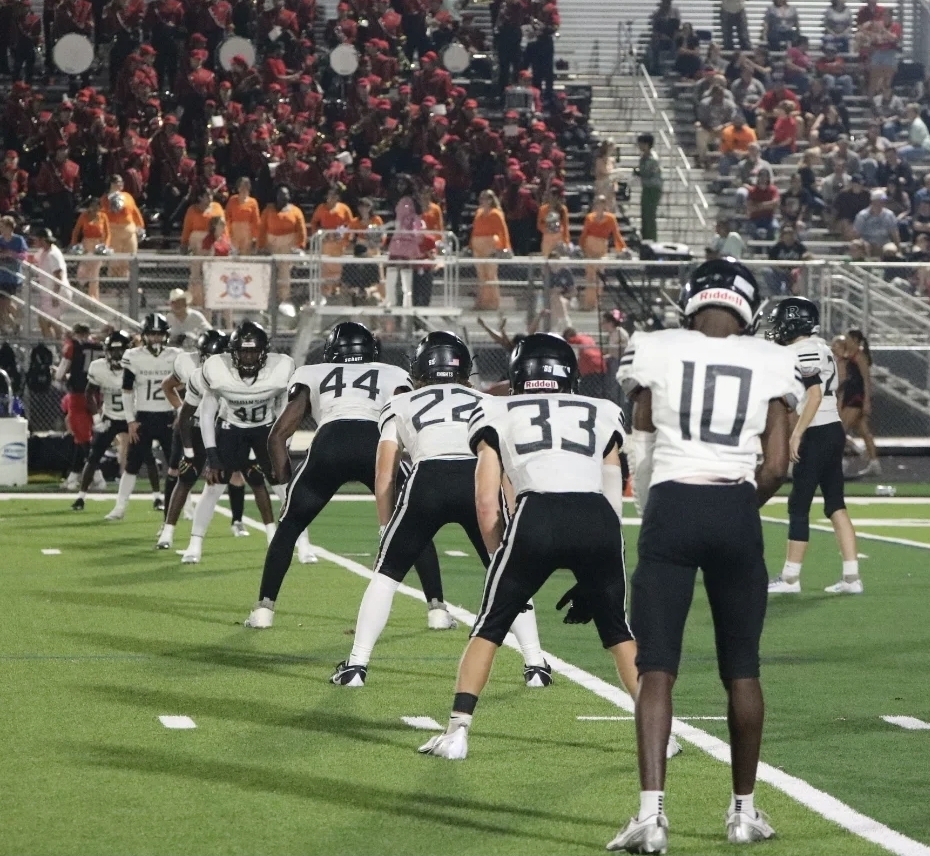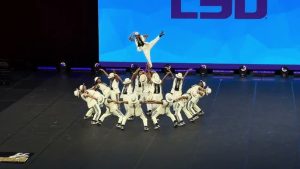Gasparilla needs to be more inclusive
It’s 2018, so why is the Gasparilla parade’s most prominent Krewe still predominantly white and completely male?
January 26, 2018
If one were to examine the history books closely enough, examples of female pirates who dominated their eras abound. The most successful pirate of all time is widely considered to be Ching Shih- a Chinese former prostitute who rose from brothel girl to wife of and co-leader to the formidable pirate Cheng I to Cheng’s widow and commander of over 1,800 pirate ships and 80,000 men in the 19th century. (Blackbeard, who was active during the same time period, only commanded four ships and 300 men.) Ireland was ruled by a pirate queen, the legendary Grace O’ Malley, in the 16th century. Jeanne de Clisson terrorized 13th century French vessels as commander of My Revenge the head of a fleet of black, blood-red-sailed ships, earning the title “The Lioness of Brittany”.
And yet, if one is to turn to the members of Ye Mystic Krewe of Gasparilla riding the pirate ship at the forefront of Tampa’s annual Gasparilla Invasion, then one gets a very different image of piracy- an image that is very white and entirely male.
The first Gasparilla event took place in 1904, drawing inspiration from the fictional story of Jose Gaspar, a pirate who supposedly invaded Tampa Bay and kidnapped the city mayor. Each year on Gasparilla, a parade of boats, known as “The Invasion” is held, led by a replica pirate ship staffed by Ye Mystic Krewe of Gasparilla. The pirates sail into downtown, where the current mayor of Tampa presents them with the key to the city. A parade of pirate-themed floats then takes place down Bayshore Boulevard then follows, turning much of the city into one big party-zone.
Most of Tampa’s modern-day residents regard Tampa as our city’s own version of Mardi Gras, a wild, tourist-y party which many use as an occasion to dress in costume, spend time with friends and drink.
However, Gasparilla’s origins are rooted is something altogether different. When Ye Mystic Krewe of Gasparilla was first founded as the first Gasparilla krewe, it was intended as a social club for Tampa’s elite- a.k.a. wealthy white men- to throw a big pirate themed party. Just as these men dominated Tampa’s businesses and societies, they also dominated its biggest party. To some extent, this is still true today.
As one would probably expect from an organization formed in the south at the turn of the century, the Krewe was all white and all male, but this atmosphere of exclusivity persisted long past the early twentieth century. Ye Mystic Krewe did not allow nonwhite members until 1992, and only did so after the city canceled the Gasparilla parade of 1991 in response to the Krewe’s continuing refusal to de-segregate its membership.
Even now, the Krewe only has four African American members out of about eight hundred total members and has had six African American members at most. And, to this very day, the Krewe still does not allow female members; look for women on the famous pirate ship this boat invasion and you won’t find any.
On the one hand, Ye Mystic Krewe of Gasparilla is a private organization, and it is within their rights to only allow male members. There is an all-female Krewe, Ye Loyal Krewe of Grace O’Malley, and many Krewes that allow both male and female members, such as the Krewe of Venus. However, while Ye Mystic Krewe is a private organization, it is also the face of a very public event, serving as the foremost representation of our city during Gasparilla. It hardly seems reflective of Tampa’s actual, diverse population to have our city represented by a group that is predominantly white and completely male.
Not only does narrowing the definition of pirate to male blatantly ignore and erase historical fact, it can also send a harmful message to young girls watching the parade by telling them that adventure is a boys only prerogative. Frankly, it is kind of hard to swallow that in 2018 a group with such a prominent public presence is still able to exclude women without more protest. And Ye Mystic Krewe’s 0.5% nonwhite membership bears a much closer resemblance to tokenism than to true diversity and inclusivity.
The Gasparilla parade has certainly made an an enormous amount of progress from its inception, but it has still taken a frustratingly long amount of time to get there, and there is still a frustratingly long way to go. It may seem trivial to complain about the lack of inclusivity in what is essentially just Tampa’s biggest party, but events like this can serve as a telling demonstration of the people who we could choose to represent our city, who hold the most influence and wealth. And is Tampa looking a lot more like 1904 than 2018 in that regard.

